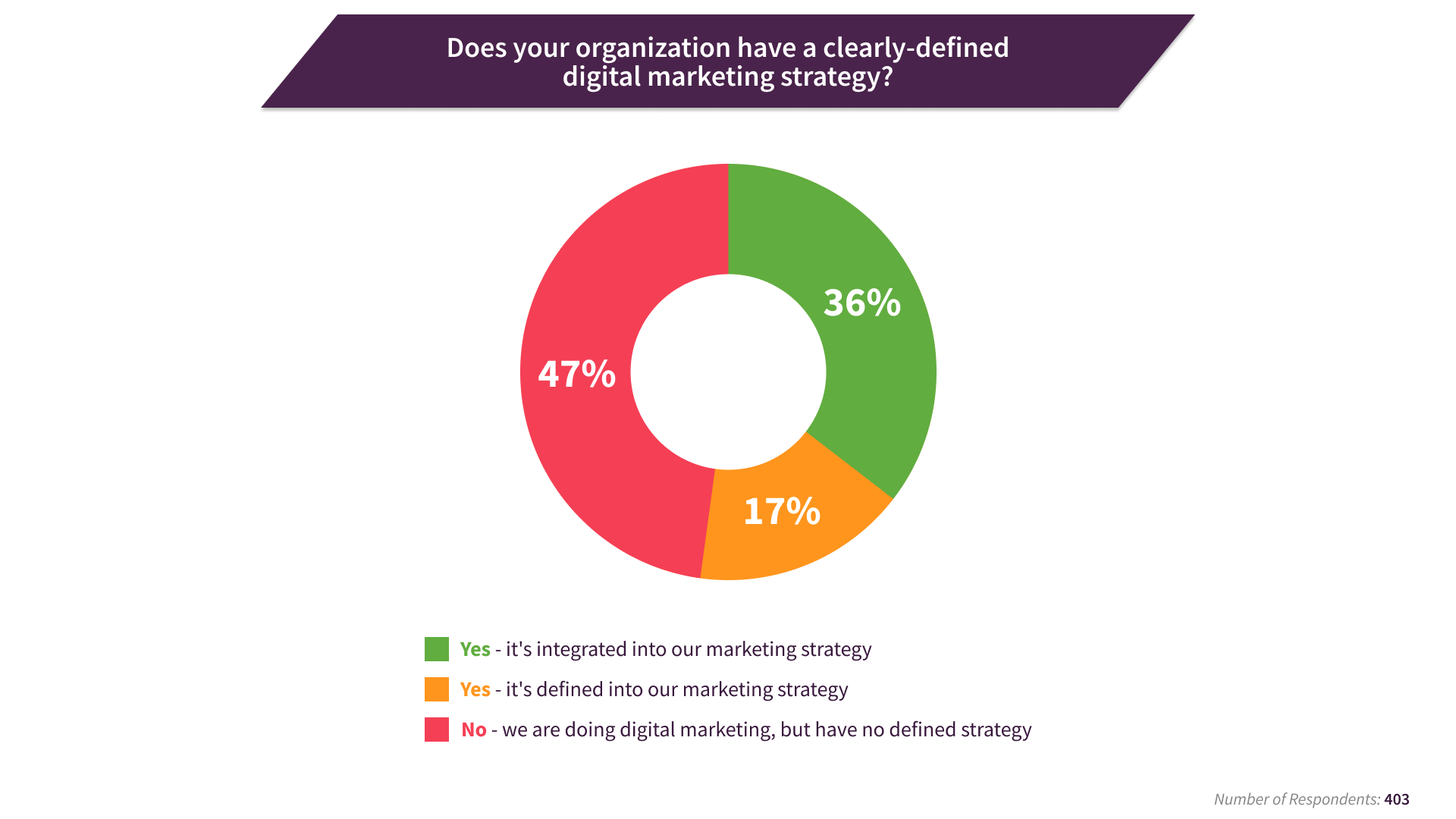
Understanding the Basics of Health Insurance Finance
Introduction:
Health insurance is a critical aspect of financial planning that can significantly impact an individual’s or a family’s financial stability. Understanding the basics of health insurance finance is essential for making informed decisions regarding coverage, costs, and overall financial well-being.
The Importance of Health Insurance:
Health insurance plays a crucial role in protecting individuals and families from the financial burden of unexpected medical expenses. Without adequate coverage, medical bills can quickly escalate, leading to financial strain and potential bankruptcy. Health insurance provides a safety net, ensuring that individuals can access necessary medical care without worrying about exorbitant costs.
Key Components of Health Insurance Finance:
Health insurance finance consists of several key components that individuals should be familiar with when evaluating insurance plans. These components include premiums, deductibles, copayments, coinsurance, out-of-pocket maximums, and coverage limits. Understanding how these elements work together is essential for effectively managing health care costs.
Premiums: The Cost of Coverage:
The premium is the amount individuals pay to maintain their health insurance coverage. It is typically paid on a monthly basis and can vary based on factors such as age, location, and coverage level. Premiums are a recurring expense that individuals must budget for to ensure continuous insurance coverage.
Deductibles: Meeting the Initial Cost:
A deductible is the amount individuals must pay out of pocket before their insurance coverage kicks in. For example, if a health insurance plan has a $1,000 deductible, the insured individual must pay $1,000 toward covered medical expenses before the insurance company starts covering costs. Deductibles can vary widely among insurance plans, so it’s essential to choose a deductible amount that aligns with one’s budget and healthcare needs.
Copayments and Coinsurance: Sharing the Costs:
Copayments and coinsurance are additional costs that individuals may encounter when using their health insurance. A copayment is a fixed amount paid at the time of service, such as a doctor’s visit or prescription medication. Coinsurance, on the other hand, is a percentage of the total cost of a covered service that individuals are responsible for paying. Understanding these cost-sharing mechanisms helps individuals plan for medical expenses and budget accordingly.
Out-of-Pocket Maximums: Setting a Limit:
An out-of-pocket maximum is the most an individual will have to pay for covered medical expenses in a given year. Once this limit is reached, the insurance company covers 100% of additional costs, providing financial protection against catastrophic medical bills. Out-of-pocket maximums vary by insurance plan and can significantly impact overall healthcare costs.
Coverage Limits and Exclusions: Know What’s Covered:
Health insurance plans often have coverage limits and exclusions that individuals should be aware of when selecting a plan. Coverage limits may apply to specific services, such as mental health care or prescription drugs, while exclusions refer to services or treatments not covered by the insurance plan. Understanding these limitations helps individuals avoid unexpected costs and ensures they receive the necessary care.
Choosing the Right Health Insurance Plan:
When selecting a health insurance plan, individuals should carefully consider their healthcare needs, budget, and preferred providers. Factors to consider include monthly premiums, deductible amounts, coverage limits, network providers, prescription drug coverage, and out-of-pocket costs. Comparing multiple plans and understanding their differences is key to choosing the right coverage for financial security and healthcare access.
Conclusion:
Understanding the basics of health insurance finance is crucial for individuals and families to make informed decisions about coverage, costs, and financial planning. By familiarizing themselves with key components such as premiums, deductibles, copayments, coinsurance, out-of-pocket maximums, and coverage limits, individuals can effectively manage their healthcare expenses and ensure they have the coverage they need for peace of mind. Read more about health insurance finance



